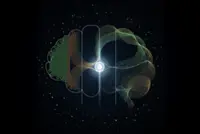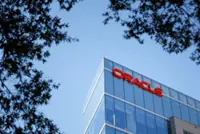Automation is the next chapter in this tale of ever cheaper content. How much lower can art’s value go? Why pay creative workers living wages when you can program machines to churn out interchangeable content units? — AFP via Getty Images/TNS
Could a bot write this intro? The hype around AI has pushed this question to the centre of public discourse. Conversational bots such as ChatGPT and automated image generators such as Dall-E – both built by OpenAI – are popping up everywhere.
Despite a few optimistic case studies of their potential, the current models are limited and the results they produce deeply flawed. But it doesn’t seem to matter that the tech behind AI is not ready for prime time. The models only have to tell a convincing story to the humans signing the checks - and they are.
Already a subscriber? Log in
Save 30% OFF The Star Digital Access
Cancel anytime. Ad-free. Unlimited access with perks.





